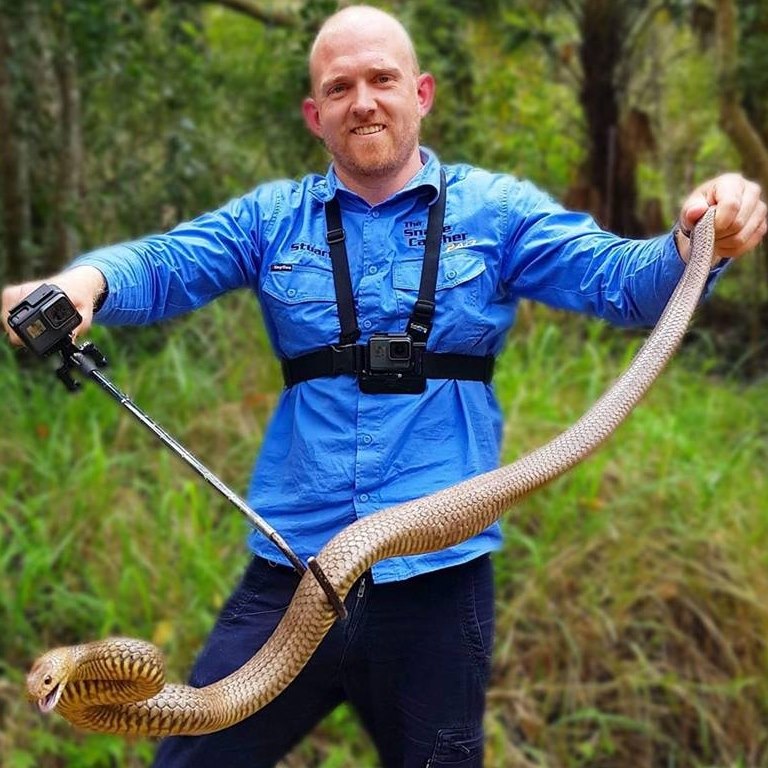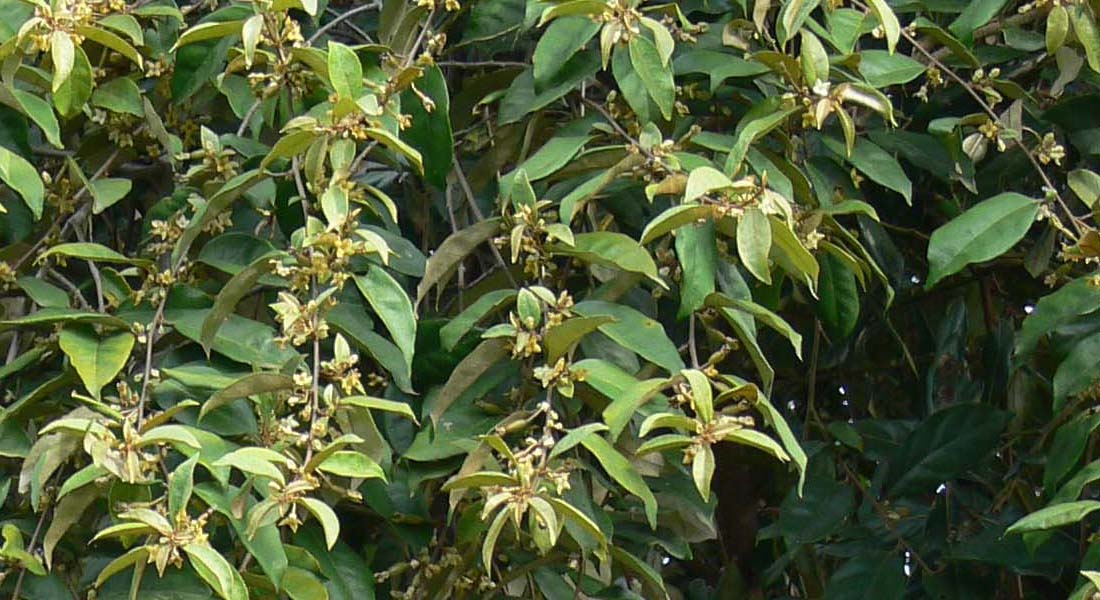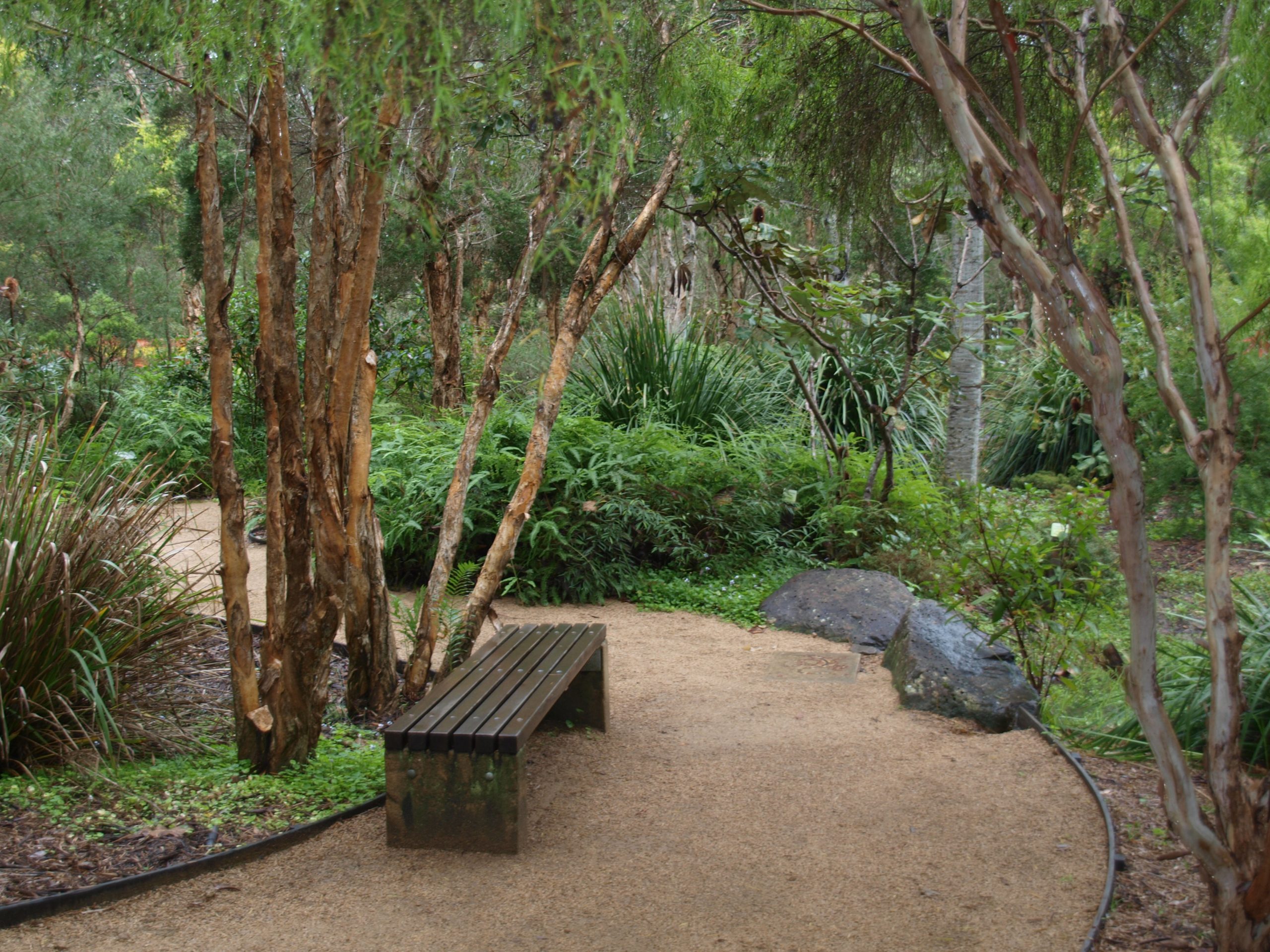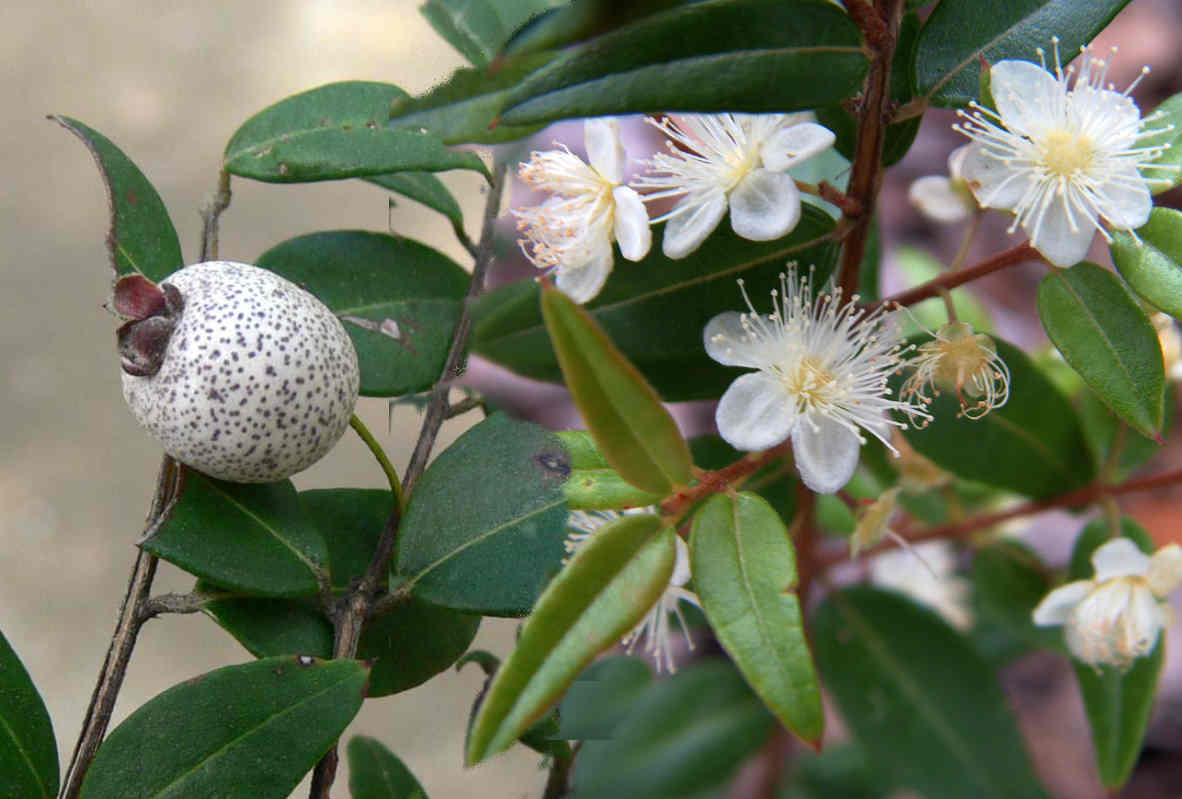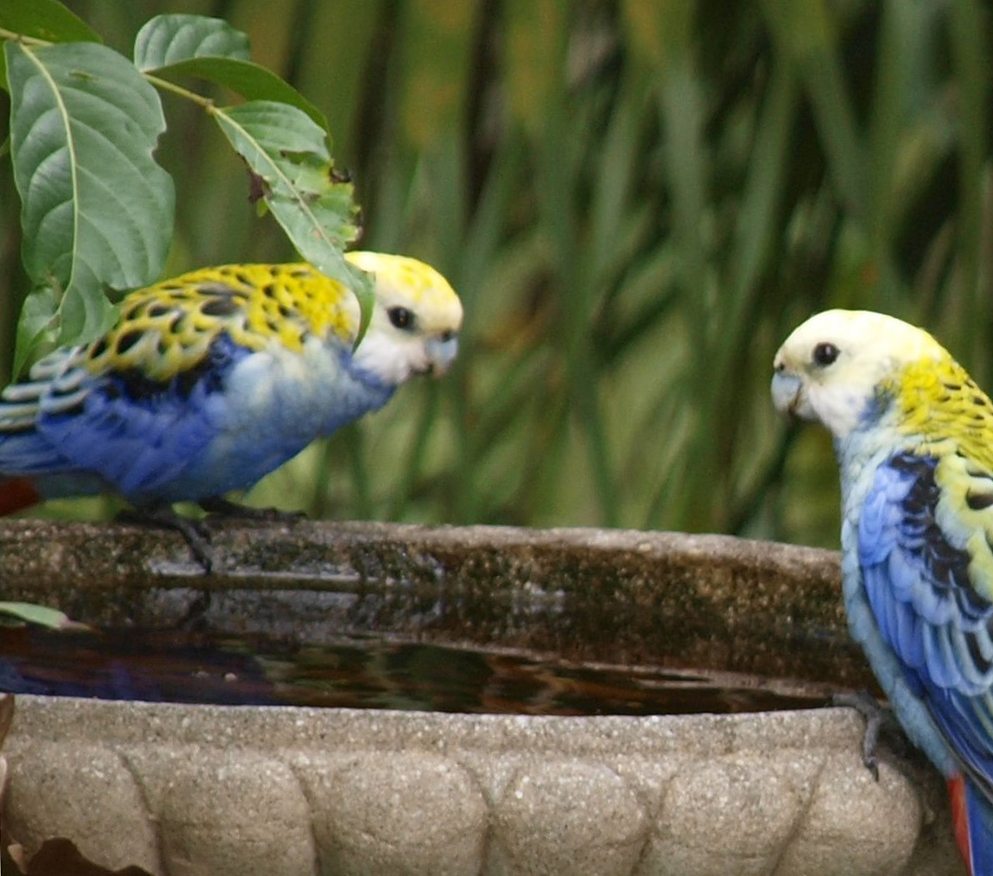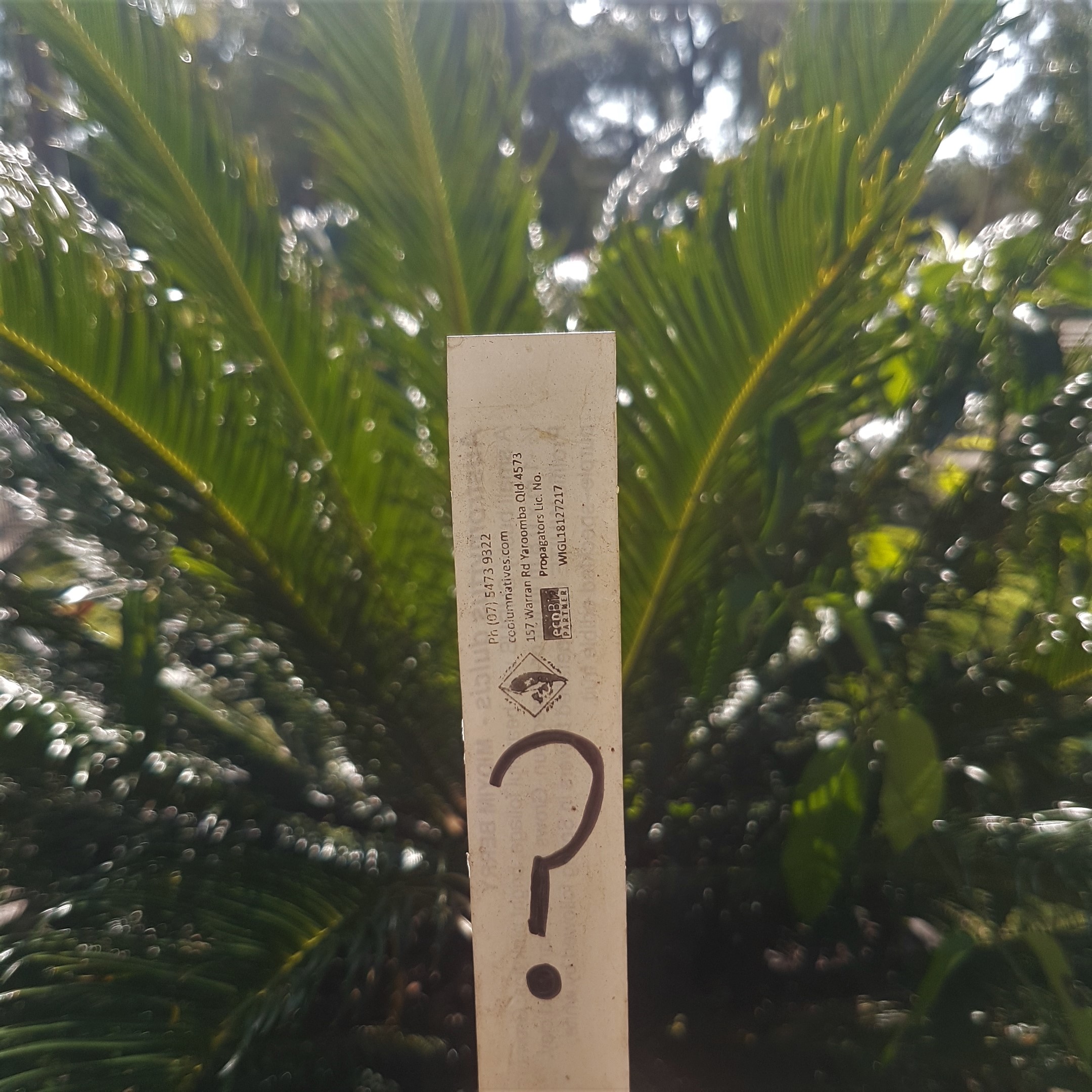Landscaping Workshop Report
Tony Haslam reflects on the landscape workshop delivered by prominent Landscape Architect Shaun Walsh which was an engaging day that suggested different ways of looking at the design inputs and influences that could be incorporated into urban wildlife gardens. The breadth of Shaun’s knowledge and his willingness to share his expertise was heartily appreciated by all who took part. Read more about the day in this post.




